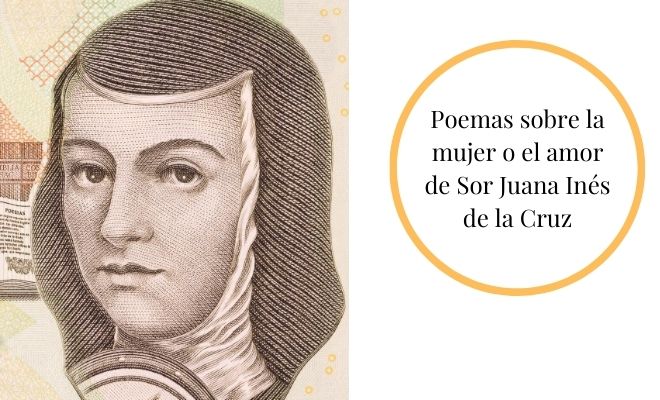


Kennedy 2003 questions in Petrarchan poetry the shifting vocabularies of national sentiments that are founded less on agreement about national identity than on a dialogue about what identity might mean.īraden, Gordon. Greene 1999 tracks European encounters with the Americas through a poetic discourse of desire that leaves the project of empire finally unfulfilled. Braden 1999 includes women’s poetry in his overview. Jones 1990 excavates gendered distinctions made palpable in women’s poetry written both in compliance with and opposition to men’s poetry. Patterson 1987 looks deeply into the social divisions and political conflicts registered in pastoral eclogue. Mirollo 1984 examines art as well as poetry to chart migrations of imitative styles across the boundaries of language and custom. Greene 1982 grounds his inquiry into the Renaissance imitation of classical lyric on the experience of change and loss, which renews trapped energies. Nichols 1979 presents a collection of Latin poetry in a simulated classical style that united educated Europeans as a lingua franca and a literary ideal. Wimsatt 1972 provides tools for analyzing the formal structures of vernacular poetry. In this context, scholarship and criticism have moved to and through the outposts of western Europe to include transatlantic encounters. These forms, mentioned in subsequent entries, will include elegy, epigram, verse satire, devotional lyric, epithalamion, blazon, and so forth. Taking as a starting point the view that the history of Renaissance lyric poetry begins with innovations in both Latin and Italian verse initiated by Francesco Petrarch 1304–1374 in forms of pastoral eclogue and verse epistle (in Latin) and of sonnet and ode (in the vernacular), they move outward to include other poetic forms developed in the later Renaissance. The comparative studies listed here strenuously resist simplifications and reductive conclusions. General overviews of literary history invite broad comparisons among vastly different cultures, societies, and individual situations. The task now is to shore up the gains of every approach, building on an understanding of how poetry works so as to enter the alien yet somehow familiar world of the Renaissance past with fresh eyes, open minds, and lively expectations. Older academic criticism has produced many fine analyses of form and meaning still worth learning from, and most of the recent studies in this bibliography continue to refer to them. Occasionally, this approach forfeits the subtlety and powerful nuance of poetry whose formal features might complicate rather than clarify difficult themes. In some cases, critics have approached individual poems as documentary evidence to support their interpretations of history. Scholarship and critical reading have approached European Renaissance texts with an urgency that speaks even to the crises and divisions of our own troubled times, whether in terms of gender, social class, religion, language, or racial difference. Over the past two decades, critical emphases on social, cultural, and political topics in literary studies have greatly enriched our understanding and appreciation of poetic texts.


 0 kommentar(er)
0 kommentar(er)
